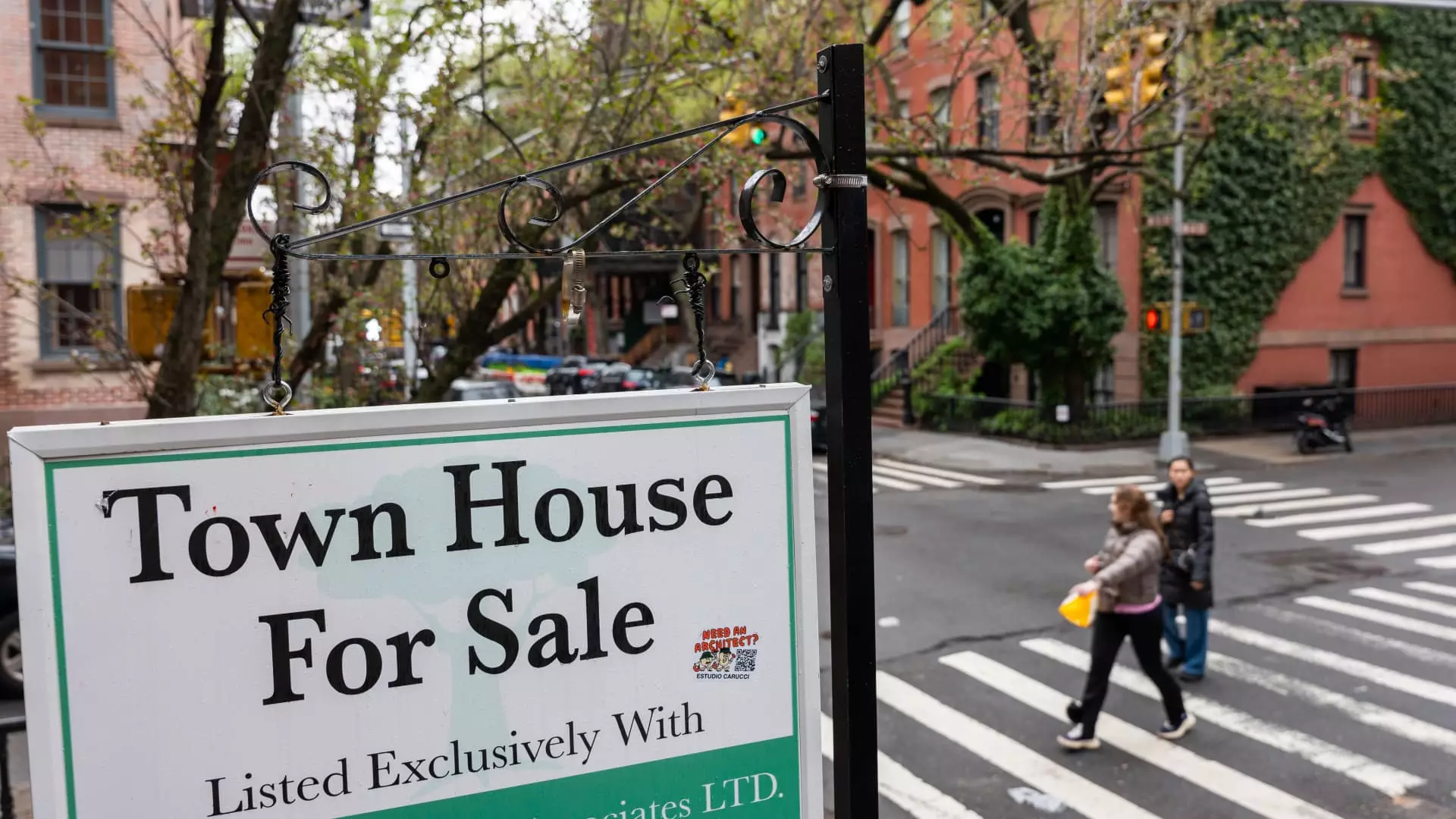The real estate market in Manhattan is experiencing a significant shift, with apartment prices on the decline and inventory on the rise. Reports indicate that the average sales price for real estate in Manhattan has fallen by 3% to slightly over $2 million. Additionally, the median price decreased by 2% to $1.2 million, while luxury apartment prices dropped for the first time in over a year. These price declines are attributed to the increasing inventory of apartments for sale, which are also taking longer to be sold.
One of the key factors contributing to the changing landscape of Manhattan real estate is the rising inventory of apartments for sale. Currently, there are more than 8,000 apartments available for sale in Manhattan, exceeding the 10-year average of around 7,000. This surplus of inventory has led to Manhattan having a 9.8 month supply of apartments for sale, indicating a buyer’s market. According to industry experts, any supply exceeding 6 months suggests an oversupply, shifting the power dynamics in favor of buyers.
The situation in Manhattan stands in stark contrast to the national real estate landscape, where tight supply continues to keep prices elevated. Brokers and real estate analysts point out that the strong prices in Manhattan post-Covid were unsustainable, leading both buyers and sellers to adjust to a higher interest rate environment. The narrowing gap between buyer and seller expectations has resulted in more deals closing, with 2,609 sales recorded in the second quarter, marking a 12% increase from the previous year.
High rents in Manhattan have also played a role in driving sales in the real estate market. The average apartment rental price in May was still above $5,100 a month, prompting potential buyers who were renting to consider homeownership. Many prospective buyers are anticipating a potential decrease in interest rates towards the end of 2024 or early 2025, encouraging them to make a move now. However, it is worth noting that mortgage rates have a less pronounced impact on Manhattan real estate due to the prevalence of all-cash purchases.
While prices have declined across all segments of the Manhattan real estate market, the luxury segment has shown particular weakness. The median sale prices in the luxury segment, representing the top 10% of the market, fell by 11% in the second quarter. Listing inventory of luxury apartments also saw a significant increase of 22%. Industry experts remain cautious about whether this weakness is indicative of a broader trend or a temporary anomaly, especially with the upcoming uncertainty surrounding elections.
The Manhattan real estate market is undergoing a significant transformation, shifting towards a buyer’s market due to falling prices, increasing inventory, and changing buyer sentiment. As buyers and sellers recalibrate their expectations and adapt to evolving market conditions, the future trajectory of Manhattan real estate remains uncertain.

